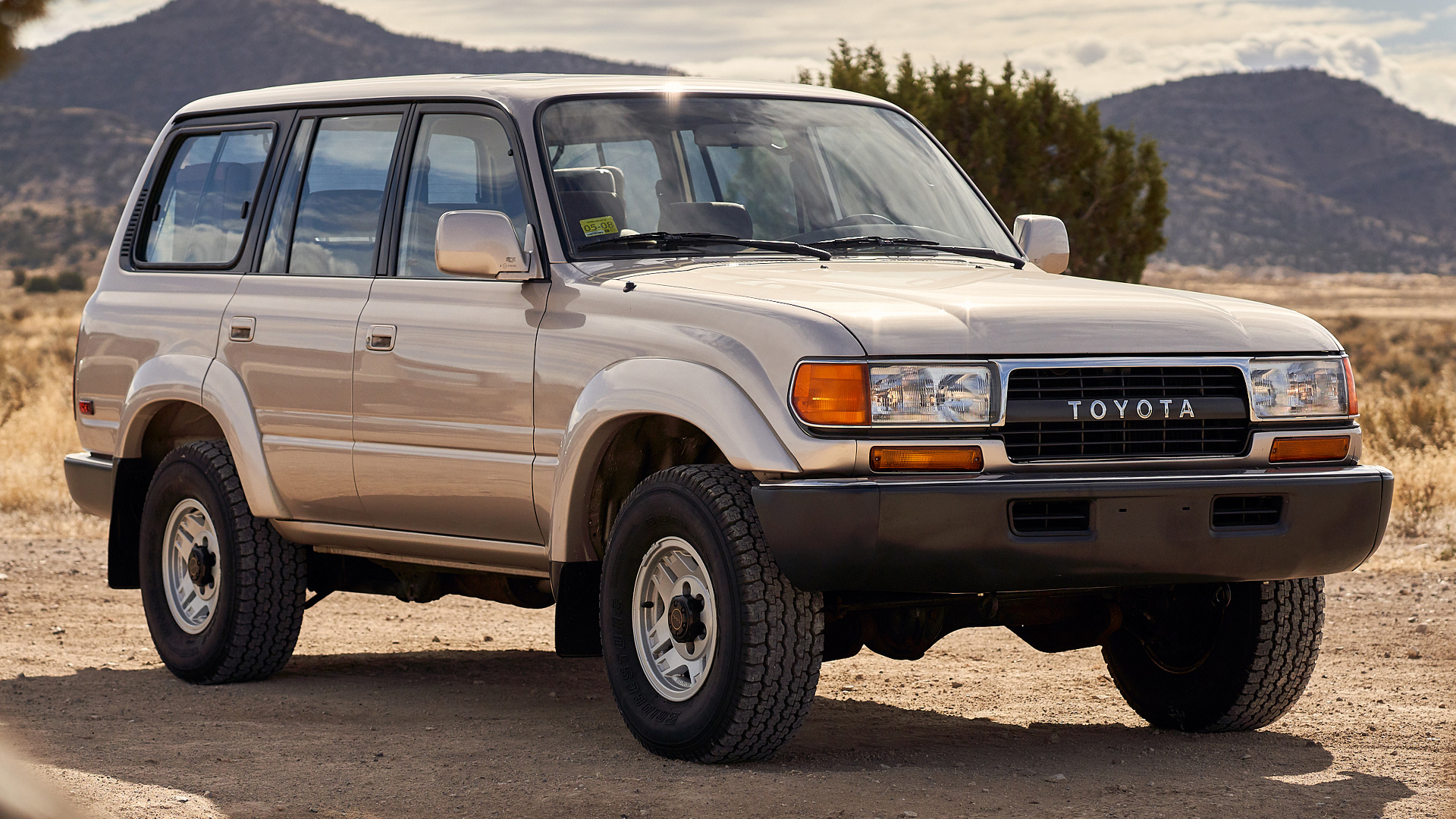

Let’s be honest here: If you really live your life off the beaten track, you don’t drive something as thirsty as a Hummer H1 or as whimsical as a Jeep. You drive a Toyota Land Cruiser because you know it’ll hold up longer than you will, if not as long as there is a sun to shine. But Toyota wants the human driver to no longer be a fallible piece of the equation, which is why it emphasized off-road comfort in the 2022 Land Cruiser J300-series by borrowing tricks from what it considers the best off-road driver so far: the J80-series Land Cruiser. This is but one of the cool nuggets of information in a Land Cruiser development story video Toyota recently posted to YouTube.
Toyota deemed comfort a necessity when the J300-series’ chief engineer, Takami Yokoo, drove a J200-series around Australia, where 80 percent of the world’s roughest roads are located, as translated by Japanese Nostalgic Car. There, Yokoo found that, despite Toyota’s pride in the Land Cruiser, driving a J200-series down Australia’s dirt and washboard roads and along its 1,761-mile Stuart Highway left him feeling tired, according to the video. Limiting driver fatigue, then, became a major focus for the J300-series, which Yokoo developed in the image of the J80-series.

“We actually used the Land Cruiser 80 as a guidepost,” said Yokoo in the video. “Even 30 years after it first appeared, it has the best rough-road performance of any Land Cruiser. We want to surpass that rough-road performance.”
Toyota achieved this by way of a “core renewal” based on its new TNGA-F body-on-frame architecture, which the Land Cruiser is expected to eventually share with the Tundra, Sequoia, Tacoma, and 4Runner. For the J300-series, Toyota limited the changes to the outgoing model’s frame, maintaining the same “golden ratio” wheelbase of 112.2 inches the Land Cruiser’s had since 1990. New laser-welding technology, however, reduced the body and frame’s material overlap and need for reinforcement and cut 440 pounds, but still achieved approximately 20 percent greater stiffness than the J200-series, Toyota’s video explained.
Where weight couldn’t be eliminated, it was redistributed, as in the case of the 3.5-liter, twin-turbo V6 (that’s likely destined for the upcoming Tundra) and 10-speed automatic transmission. These sit more than an inch lower and closer to three inches further back in the vehicle, lowering the center of gravity, and placing just 53.5 percent of the J300-series’ bulk over the front axle. And, just to maximize the stability that adds, Toyota rectified the J200-series’ steeply angled shock absorber design, which now points more vertically and moves more in line with the wheel during suspension articulation, the video went on to say.
Whether the much-improved 2022 Toyota Land Cruiser J300-series will arrive in the United States badged as such remains unknown, though its sale here as the Lexus LX is certainly possible. Even if neither vehicle make it here, the bones will still likely underpin the upcoming 2022 Tundra and its derivative, the Sequoia—which, if Toyota insiders’ giddiness about the Tundra is anything to go by, will still be one heck of a consolation prize.
To see what else went into developing the new Land Cruiser, check out the video below.

Got a tip or question for the author? You can reach them here: james@thedrive.com